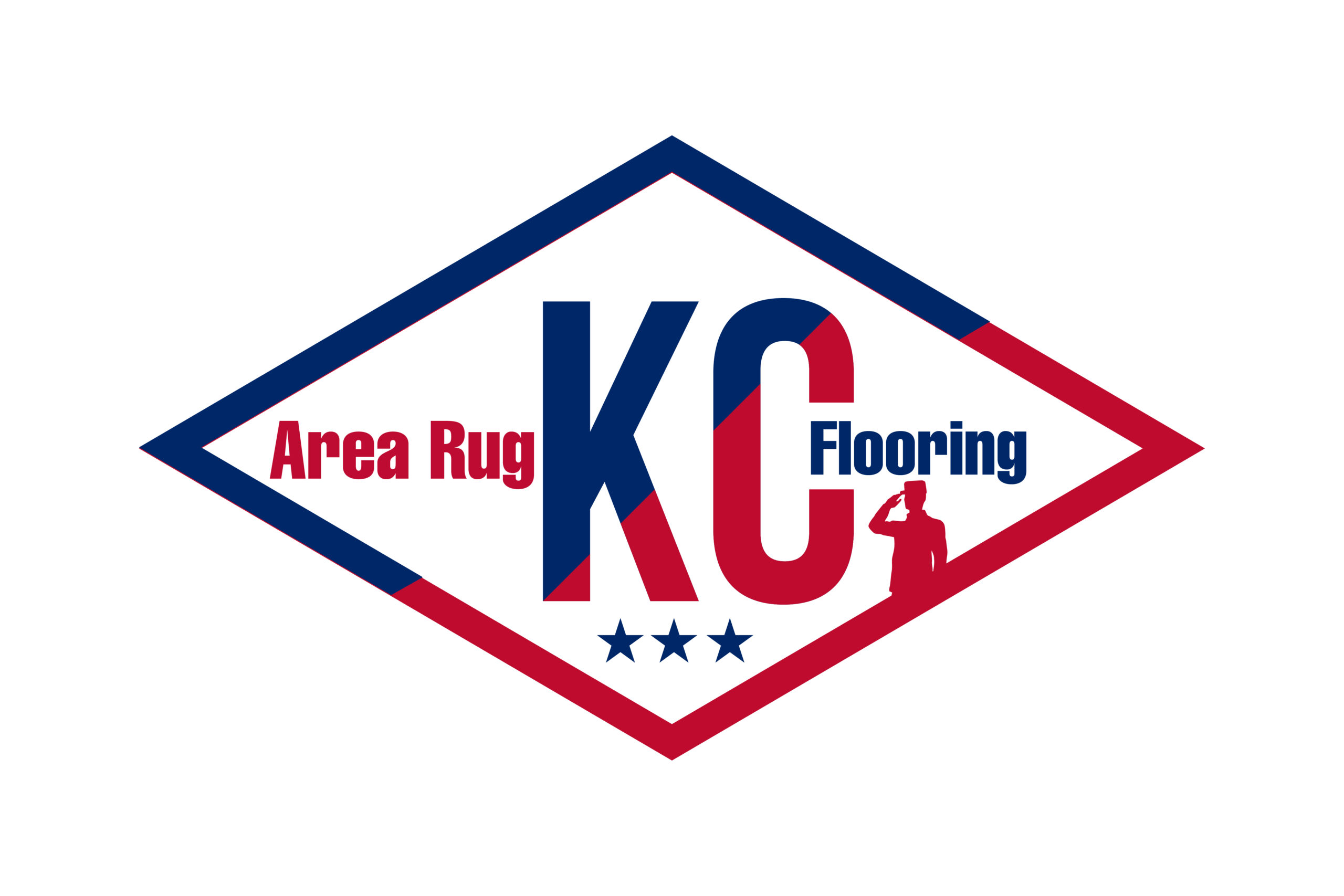In recent years, there has been a growing concern about indoor air quality and its impact on human health. Among the various factors that contribute to indoor air pollution, volatile organic compounds (VOCs) often take center stage. VOCs are a diverse group of chemicals that can easily evaporate into the air from various sources, including household products, paints, furnishings, and flooring materials like carpets.
However, despite the attention they receive, there are several misconceptions surrounding VOCs and their association with carpet flooring. In this blog post, we’ll delve deeper into the subject to dispel these myths and provide a clearer understanding of the relationship between VOCs and carpet.
Understanding VOCs: What Are They?
Before we explore the connection between VOCs and carpet flooring, let’s first define what VOCs are and where they come from. Volatile organic compounds are a group of carbon-based chemicals that vaporize at room temperature, releasing molecules into the air. They are commonly found in a wide range of products, including paints, solvents, adhesives, cleaning agents, and building materials. Examples of VOCs include formaldehyde, benzene, toluene, and ethylbenzene, among others.
The VOC Issue: Sorting Facts from Fiction
There is a prevalent belief that carpet flooring significantly contributes to indoor VOC levels, posing potential health risks to occupants. However, this perception is not entirely accurate and often oversimplified. Here’s why:
- Carpet Emissions vs. Other Sources: While it’s true that carpets can emit VOCs, the amount and type of VOCs released vary depending on factors such as carpet type, age, and manufacturing processes. Studies have shown that carpets typically emit lower levels of VOCs compared to other sources like paints, varnishes, and household cleaners. Moreover, advancements in carpet manufacturing have led to the development of low-VOC and VOC-free carpeting options, further minimizing potential emissions.
- VOC Off-Gassing: One common concern is the notion of carpet “off-gassing,” where VOCs are released into the air after installation. While it’s true that newly installed carpets may emit some VOCs initially, the off-gassing process typically diminishes over time as VOCs dissipate into the surrounding environment. Proper ventilation and regular cleaning can accelerate this process, reducing VOC levels and minimizing any associated health risks.
- Health Implications: Another misconception is that exposure to VOCs from carpets can lead to severe health problems. While high levels of certain VOCs like formaldehyde have been linked to adverse health effects, including respiratory irritation and exacerbation of existing conditions such as asthma, the risk posed by carpet emissions is generally low, especially in well-ventilated indoor environments. Additionally, regulatory standards and guidelines, such as indoor air quality certifications, help ensure that carpets meet specific emission limits, further mitigating potential health concerns.
- Environmental Considerations: Beyond health implications, there’s also a misconception regarding the environmental impact of carpet manufacturing and disposal. While it’s true that some carpets contain synthetic fibers derived from petroleum-based materials, many manufacturers are increasingly adopting sustainable practices and utilizing eco-friendly materials in carpet production. Additionally, efforts to promote carpet recycling and reuse contribute to reducing the environmental footprint of carpeting.
Navigating VOC Concerns
Despite the misconceptions surrounding VOCs and carpet flooring, there are several steps that homeowners and building occupants can take to mitigate potential risks and ensure indoor air quality:
- Choose Low-VOC or VOC-Free Options: When selecting carpet flooring, opt for products labeled as low-VOC or VOC-free. These carpets are manufactured using materials and processes designed to minimize VOC emissions, reducing their impact on indoor air quality.
- Proper Ventilation: Adequate ventilation is essential for minimizing VOC levels indoors. Ensure that indoor spaces are well-ventilated, particularly during and after carpet installation, to facilitate the dispersion of any emitted VOCs. Opening windows and using exhaust fans can help improve air circulation and accelerate the off-gassing process.
- Regular Cleaning and Maintenance: Maintain a clean indoor environment by regularly vacuuming and steam cleaning carpets to remove dust, dirt, and potential VOCs. Proper maintenance not only enhances carpet longevity but also helps reduce the accumulation of allergens and other contaminants.
- Indoor Air Quality Monitoring: Consider investing in indoor air quality monitoring devices to assess VOC levels and other pollutants in your home or building. These tools can provide valuable insights into indoor air quality trends and help identify any areas of concern that may require attention.
While volatile organic compounds are a legitimate concern for indoor air quality, the association between VOCs and carpet flooring is often misunderstood.
Contrary to popular belief, carpets generally emit lower levels of VOCs compared to other household products, and advancements in manufacturing have led to the development of low-emission carpeting options.
By understanding the facts and taking proactive measures to mitigate potential risks, homeowners and building occupants can enjoy the comfort and aesthetic appeal of carpet flooring without compromising indoor air quality. Clearing the air of misconceptions about VOCs and carpet flooring is essential for fostering informed decision-making and promoting healthier indoor environments.
KC Wholesale Carpet is a leading provider of high-quality carpeting solutions, offering a wide selection of low-VOC and eco-friendly options to suit any residential or commercial space. With a commitment to sustainability and customer satisfaction, KC Wholesale Carpet strives to deliver superior products and services that enhance indoor environments while minimizing environmental impact.
- By: Samantha McCoy
- Category: Uncategorized
- 0 comment

Leave a Reply